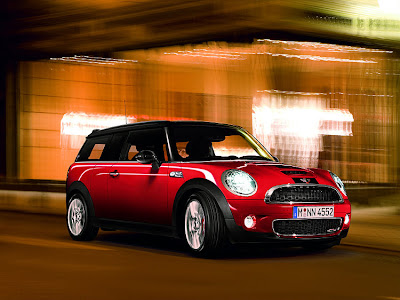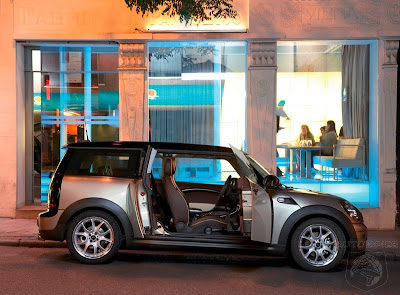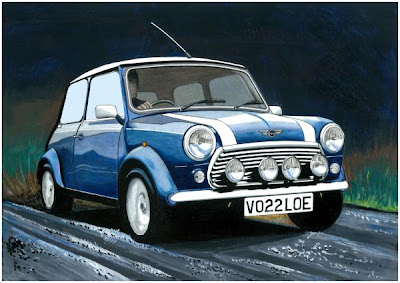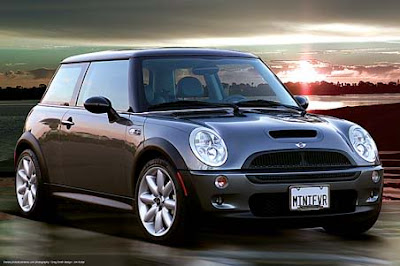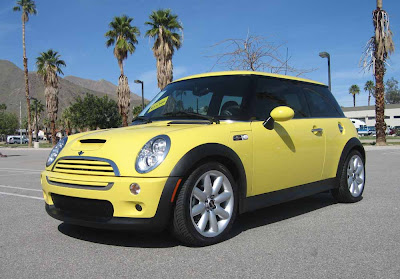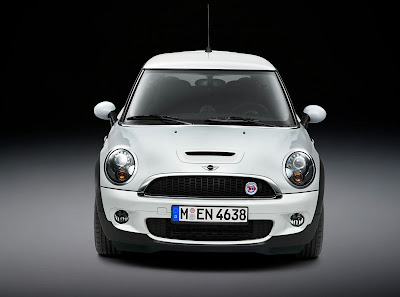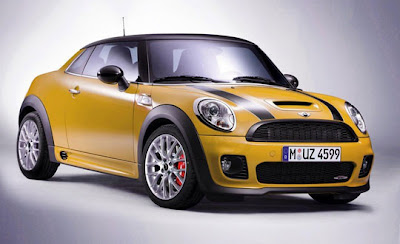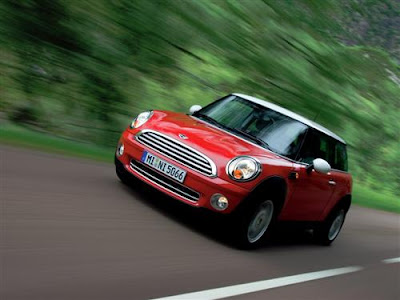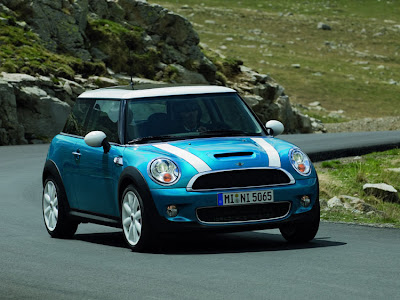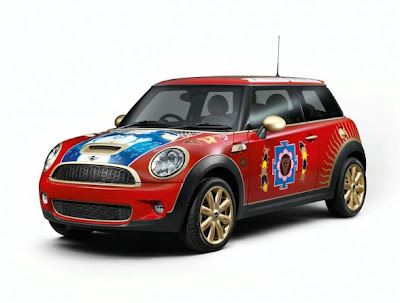Classic Mini Cars - Mark I Mini (1959–1967) Part 2
Until 1962, the cars appeared as the Austin 850 and Morris 850 in North America and France, and in Denmark as the Austin Partner (until 1964) and Morris Mascot (until 1981). The name Mini was first used domestically by BMC for Austin's version in 1961, when the Austin Seven was rebranded as the Austin Mini, somewhat to the surprise of the Sharps Commercials car company (later known as Bond Cars Ltd) who had been using the name Minicar for their three-wheeled vehicles since 1949. However, legal action was somehow averted, and BMC used the name Mini thereafter.
In 1964, the suspension of the cars was replaced by another Moulton design, the hydrolastic system. The new suspension gave a softer ride but it also increased weight and production cost and, in the minds of many enthusiasts, spoiled the handling characteristics for which the Mini was so famous. In 1971, the original rubber suspension reappeared and was retained for the remaining life of the Mini.
In 1964, the suspension of the cars was replaced by another Moulton design, the hydrolastic system. The new suspension gave a softer ride but it also increased weight and production cost and, in the minds of many enthusiasts, spoiled the handling characteristics for which the Mini was so famous. In 1971, the original rubber suspension reappeared and was retained for the remaining life of the Mini.
 RSS Feed
RSS Feed Twitter
Twitter






















